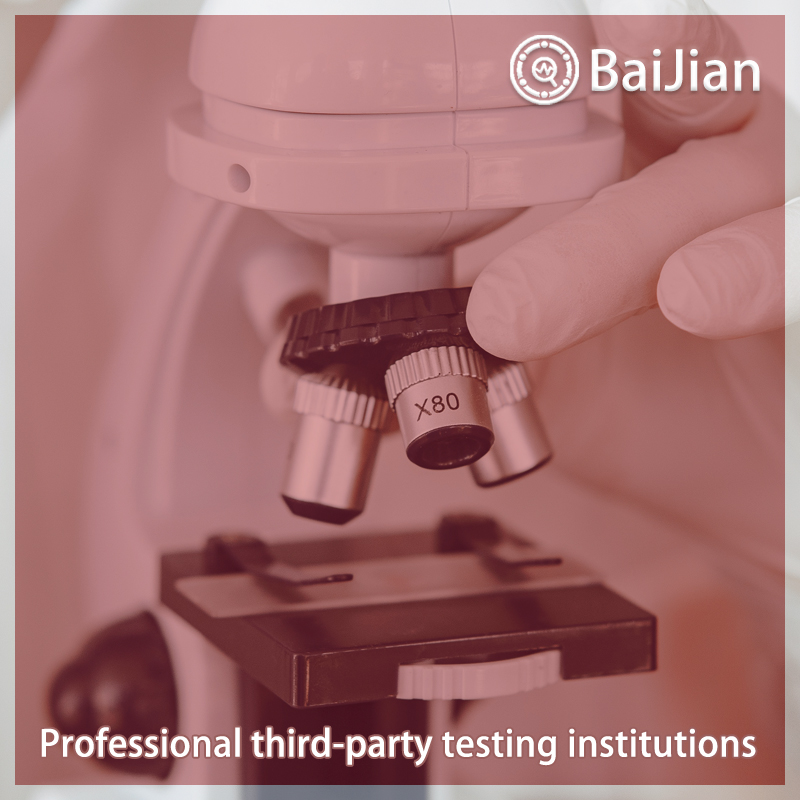
Paints for electrical insulation Part 2: Test method 1 Scope This part of GB/T 1981 specifies the test methods for paints for electrical insulation. This section is applicable to the performance tests of electrical insulation paints before and after drying and/or curing. 2 Normative References: The clauses in the following documents are referred to in this part of GB/T 1981 and become the clauses of this part. For dated reference documents, all subsequent amendments (excluding corrected content) or revisions do not apply to this section. However, parties to agreements based on this section are encouraged to study whether the latest versions of these documents can be used. For undated references, the latest version applies to this section. GB/T 1408.1-2006 Test Methods for Electrical Strength of Insulating Materials, Part 1: Tests at Power Frequency (IEC 60243-11998, IDT) GB/T 1409-2006 Determination of Electrical Insulation Materials at Power Frequency, Sound Color Recommended methods for dielectric constant and dielectric loss factor at high frequencies (including meter wave wavelengths) (IEC 60250:1969, MOD) GB/T 1410-2006 Test methods for volume and surface resistivity of solid insulating materials (IEC 60093:1980, IDT) GB/T 1981.1-2007 Paints for electrical insulation - Part 1: Definitions and general requirements (IEC 60464-1:1998, IDT) GB/T 2423.16-2008 Environmental testing of electrical and electronic products - Part 2: Test methods - Test J and guidelines: Long mold (IEC 60068-2-10:2005, IDT) GB/T 2900.5-2002 Electrical Terminology, Insulating Solids, Liquids, and Gases (eqv IEC 60050-212; 1990) GB/T 2918-1998 Standard Environment for Conditioning and Testing of Plastic Specimens (idt ISO 2911997) GB/T 4074.4-2008 Test Methods for Winding Wires Part 4: Chemical Properties (IEC 60851-4; 2005, IDT) GB/T 5208-2008 Determination of Flash Point Rapid Equilibrium Closed Cup Method (ISO 3679; 2004, IDT) GB/T 6753.4-1998 Paints and Varnishes - Determination of efflux time using an efflux cup (eqv ISO 2431:1993)
Function of testing report:
1. Project bidding: Issue authoritative third-party CMA/CNAS qualification report
2. Online e-commerce platform entry: Quality inspection report recognized by major e-commerce platforms 3. Used as a sales report: issuing legally effective testing reports to make consumers more confident 4. Papers and research: Provide professional personalized testing needs 5. Judicial services: providing scientific, fair, and accurate testing data 6. Industrial problem diagnosis: Verify the troubleshooting and correction of industrial production problemsBaijian and testing process:
1. Telephone communication and confirmation of requirements
2. Recommend solutions and confirm quotations 3. Mail samples and arrange testing 4. Progress tracking and result feedback 5. Provide reports and after-sales service 6. If urgent or priority processing is requiredTesting and testing characteristics:
1. The testing industry is fully covered, meeting different testing needs
2. Fully cover the laboratory and allocate localized testing nearby3. Engineers provide one-on-one services to make testing more accurate
4. Free initial testing, with no testing fees charged
5. Self service order delivery for free on-site sampling
6. Short cycle, low cost, and attentive service 7. Possess authoritative qualifications such as CMA, CNAS, CAL, etc 8. The testing report is authoritative and effective, and is generally used in China